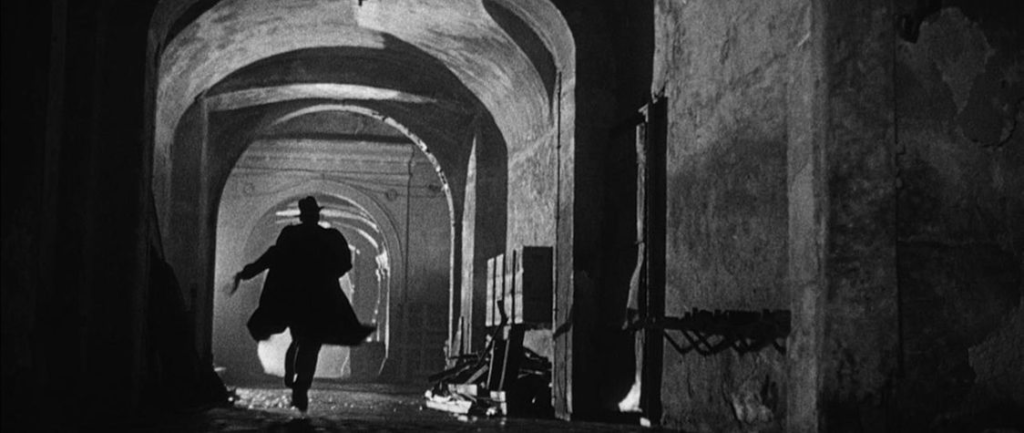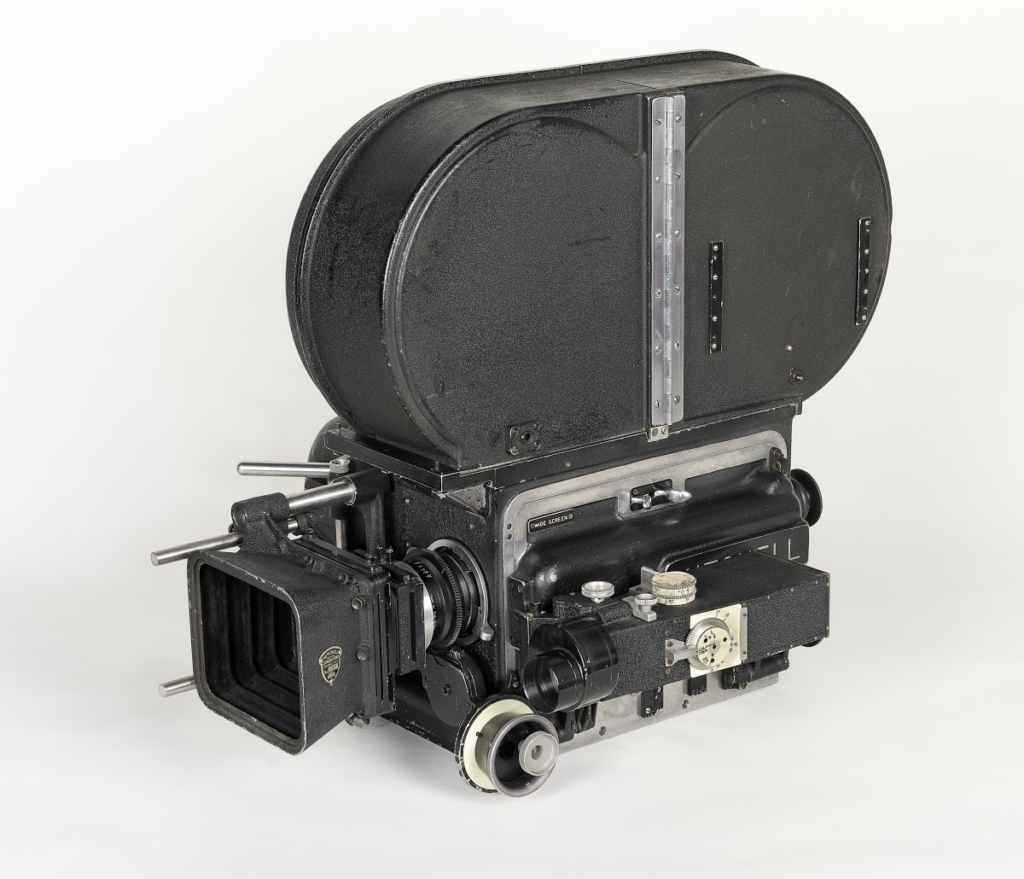My name is Salik Waquas, a passionate film colorist with a career dedicated to enhancing the visual storytelling of film and media. Over the years, my journey has taken me deep into the technical and creative aspects of cinematography, especially in exploring how visuals can profoundly influence narrative. My post-production color grading suite, Color Culture, allows me to experiment with and refine these cinematic techniques. My love for film has led me to explore iconic works, and analyzing the cinematography of Sunset Boulevard directed by Billy Wilder, is an opportunity to share my insights into how the technical mastery of John F. Seitz enhances this cinematic masterpiece.
Cinematography Analysis Of Sunset Boulevard
About the Cinematographer

The haunting and atmospheric cinematography of Sunset Boulevard was crafted by John F. Seitz, a name synonymous with the visual language of film noir. Seitz’s body of work, including Double Indemnity, showcases his ability to create mood and depth, manipulating light and shadow to build a psychological landscape. His style is quintessentially noir, capturing the unsettling tension between glamour and decay, which is crucial for telling Sunset Boulevard’s story. As I reflect on Seitz’s work, his unique approach to visual storytelling stands out as an exemplary method to evoke a sense of psychological drama, which resonates deeply with me as a colorist.
Inspiration for the Cinematography of Sunset Boulevard

Seitz’s cinematography draws heavily from German Expressionism and classic noir, two visual styles that immerse the viewer in the film’s psychological intensity. German Expressionism, known for its use of shadows and exaggerated lighting, serves as a lens through which we see the mental turmoil of Norma Desmond. This influence is especially evident in the grandeur and decay of her mansion, symbolizing her fractured reality and tragic clinging to a fading dream. The noir elements, meanwhile, bring out the cynicism of Joe Gillis’s world. The interplay of these two styles lends a duality to the visuals—both nostalgic and hauntingly surreal. From a colorist’s perspective, blending these styles achieves a haunting mood that pulls the viewer into the story’s darker themes, reinforcing the artificiality and harshness of Hollywood’s allure.
🎬 A Note from Salik:
I often get asked how I achieve the dense, filmic look in my commercial work. The secret isn't just color grading—it's the starting point. I have finally released my personal Master LUT Pack—8 distinct looks based on real film.
These aren't simple presets; they were crafted using complex math, empirical data, and precise tetrahedral operations to ensure technical integrity. This is the exact collection I've built over the years and used on 200+ high-end commercials.
*Compatible with Davinci Resolve, Premiere Pro, and FCPX.
Camera Movements Used in Sunset Boulevard

Camera movement in Sunset Boulevard is a key element in visualizing the characters’ emotional states and the tension of their relationships. Seitz uses camera movement sparingly but with precision, heightening the film’s claustrophobic feel. The opening scene exemplifies this, with the camera gliding down the boulevard and halting at Joe’s lifeless body, creating an eerie, anticipatory mood.
As we move into Norma’s mansion, the camera moves slowly, capturing the opulent decay of her surroundings. This restraint in camera movement not only adds to the gothic tone of the film but also mirrors the inescapable sense of entrapment Joe feels. For me, this choice illustrates the power of subtle camera movement in establishing atmosphere—each pan and dolly deepens the audience’s immersion into a world that is as oppressive as it is alluring.
Compositions in Sunset Boulevard

Seitz’s compositions in Sunset Boulevard use framing and depth to build tension and expose character dynamics. Norma is frequently placed in the foreground, looming large and overpowering, symbolizing her psychological hold over Joe. Joe, by contrast, is often framed in the background, visually dwarfed by Norma, signaling his diminishing control over his life.
Mirrors are a recurrent motif, symbolizing Norma’s obsession with her past and the fractured nature of her reality. One memorable scene is when Norma prepares for her “comeback” and her fragmented reflection in the mirror reveals her deteriorating mental state. I find Seitz’s use of framing and depth both visually arresting and emotionally charged; these compositions not only tell the story visually but also intensify the power dynamics, adding layers of meaning to each scene.
Lighting Style of Sunset Boulevard

Lighting in Sunset Boulevard is a masterclass in visual storytelling. Seitz’s use of chiaroscuro lighting—high contrast between light and shadow—is central to the film’s noir aesthetic. In Norma’s mansion, lighting resembles that of a stage play, with spotlight-like focus on her as the “star” of her own isolated world. This theatrical lighting highlights Norma’s internal world, a place where she remains eternally in the spotlight. Outside the mansion, the lighting is colder and more realistic, creating a stark contrast between Norma’s delusional reality and Joe’s gritty, grounded perspective. From my experience, lighting is pivotal in guiding the audience’s emotional response, and Seitz’s choices here beautifully emphasize the film’s themes of fame, decay, and the illusion of stardom.
Lensing and Blocking of Sunset Boulevard

The choice of lenses and blocking in Sunset Boulevard amplifies the psychological weight of the film. Wide-angle lenses are frequently used to create a sense of grandeur and distortion within Norma’s mansion, enhancing the gothic atmosphere. This choice not only makes the space feel larger than life but also distorts reality, echoing Norma’s warped sense of fame and legacy. Blocking adds another layer, especially in scenes where Norma is positioned close to the camera, asserting her dominance, while Joe recedes into the background, symbolizing his loss of control. From a colorist’s perspective, lensing and blocking are integral to visual storytelling—they frame the emotional boundaries within a scene, making characters feel confined or empowered in a way that resonates with their psychological state.
Color of Sunset Boulevard
Though Sunset Boulevard was shot in black and white, Seitz used tonal contrasts to great effect, creating an emotional palette that serves almost as a color substitute. The tonal range, from deep blacks to crisp whites, allows the film to convey emotions in a spectrum of shades. The high-contrast scenes within Norma’s mansion highlight the film’s themes of delusion and despair, with dark shadows symbolizing her detachment from reality. In contrast, Joe’s scenes often feature softer tones, a visual reminder of his transient presence in Norma’s world.
Technical Aspects: Camera, Lenses, and Film Stock

Seitz employed Mitchell BNC cameras, known for their precision and stability, ideal for capturing the sharp, high-contrast visuals required by noir films. Longer focal-length lenses contributed to a voyeuristic feel, especially from Joe’s point of view, which emphasizes his role as both an observer and a participant in Norma’s delusions.
The film stock used was Kodak’s panchromatic stock, which captures a wide range of mid-tones, enabling the nuanced tonal shifts that define the film’s mood. These technical choices reveal how Seitz meticulously crafted each frame, giving Sunset Boulevard its distinct aesthetic. Understanding these aspects gives me a deeper appreciation for how equipment choices can shape a film’s atmosphere and help the narrative resonate on an emotional level.
Conclusion
Sunset Boulevard is a timeless masterpiece not only for its compelling story but also for its innovative cinematography. Seitz’s work goes beyond mere technicality, crafting a visual experience that is as rich in psychological depth as it is in aesthetic beauty.
- Also Read: CINEMATOGRAPHY ANALYSIS OF THE GODFATHER PART II (IN- DEPTH)
- Also Read: CINEMATOGRAPHY ANALYSIS OF 12 ANGRY MEN (IN DEPTH
Browse Our Cinematography Analysis Glossary
Explore directors, cinematographers, cameras, lenses, lighting styles, genres, and the visual techniques that shape iconic films.
Explore Glossary →